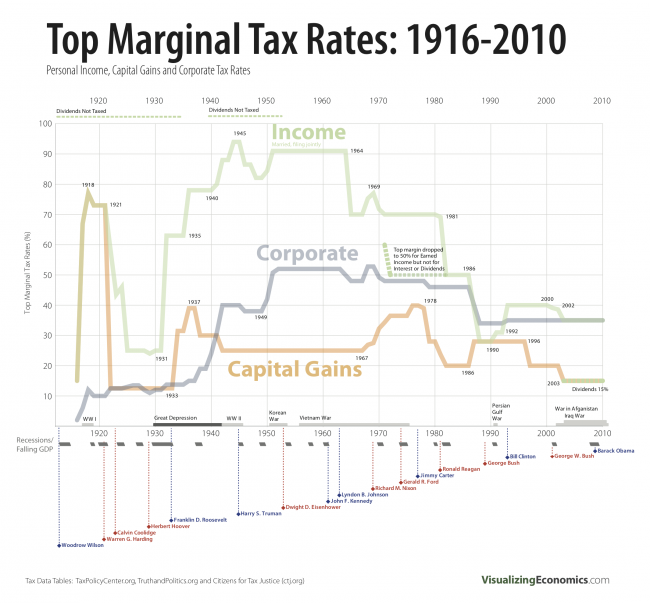Falkenblog Characteristics v
Post on: 16 Август, 2015 No Comment

Characteristics vs. Factors
the Low Volatility ETF LVOL. put out by Russell-Axioma, tries to capture the low volatility goodness via a circuitous route. First, it takes into account beta, and momentum in some unspecified way, which makes it a really hard thing to nail down. What most amused me, was that it calculates the return to the lowest volatility third of the Russel1000 index. It then selects a portfolio of about 100 stocks that track this index. The idea is that you find the target portfolio, and then, instead of using that portfolio, you use stocks correlated with it.
Downloading their current holdings, the equal weighted beta is 0.91—low, but not by much. The average 90-day volatility of their holdings is 39%. In contrast, the SPLV low volatility ETF simply takes the 100 stocks from the S&P500 with the lowest volatility over the past 12 months. It has an average beta of 0.6, and an average volatility of 28%. The Russel 1000 itself has a 90-day of vol of 50%, and a beta slightly above 1. In short the SPLV ETF delivers ‘low vol’ more simply, and more efficiently, by focusing on the characteristic, not the factor.
The idea that there exist risk premiums based on covariances with unidentified stochastic discount factors that are like the S&P500 return, but orthogonal to it, will be in the trash heap of bad ideas. As no one can articulate what such a factor might be, it seems absurd that millions of people are implicitly valuing companies, currencies, and futures this way. But a more tangible problem created by this theory is thinking that to get a certain return stream you should target the asset with the requisite factor mimicking beta, as LVOL has done.
Daniel and Titman documented that it was the characteristic, rather than the factor, that generated the value and size effects. They did an ingenious study in that they took all the small stocks, and then separated them into those stocks that were correlated with the statistical size factor Fama and French constructed, and those that werent. That is, of all the small stocks, some were merely small, and werent correlated with the size factor of Fama-French, and the same is true for some high book-to-market stocks.
Remember, in risk it is only the covariance of a stock to some factor that counts. Daniel and Titman found that the pure characteristic of being small, or having a high book-to-market ratio, was sufficient to generate the return anomaly, independent of their loading on the factor proxy. In the APT or SDF, the covariance in the return with something is what makes it risky. In practice, it is the mere characteristic that generates the return lift.

Davis, Fama and French shot back that their approach did work better on the early, smaller sample, and more survivorship biased 1933-to-1960 period, but that implies at best that size and value seem the essence of characteristics, not factors, over the more recent and better documented 1963-to-2000 period. Data in favor of Daniel and Titman’s characteristics approach was found in France by Souad Ajili. and in Japan by Daniel, Titman and Wei.
In a similar vein, Todd Houge and Tim Loughran (2006) find mutual funds with the highest loadings on the value factor reported no return premium over the same 1975-to-2002 period, even though the value factor generated a 6.2 percent average annual return over the same period. Loading on the factor, per se, did not generate a return premium.
The standard equity groupings of size, value/growth, and now volatility, are best done directly, and not via an exposure to factor-mimicking portfolios.














